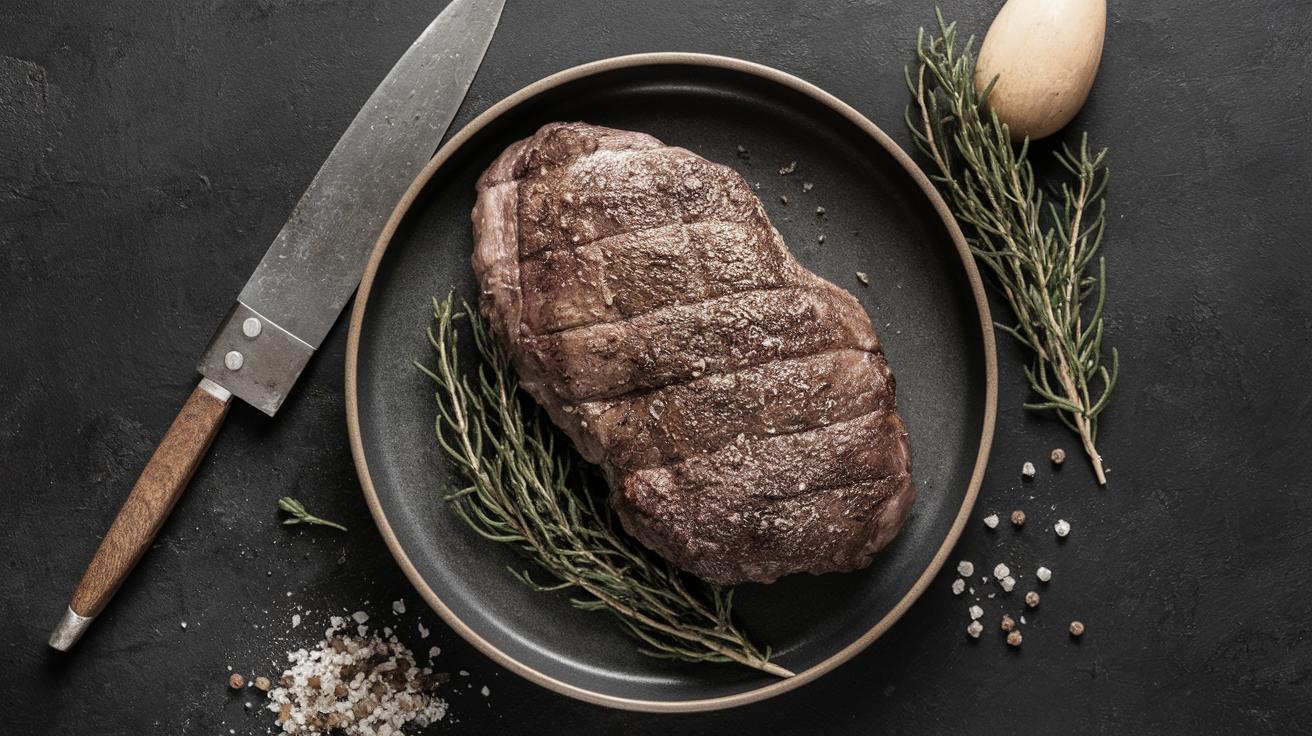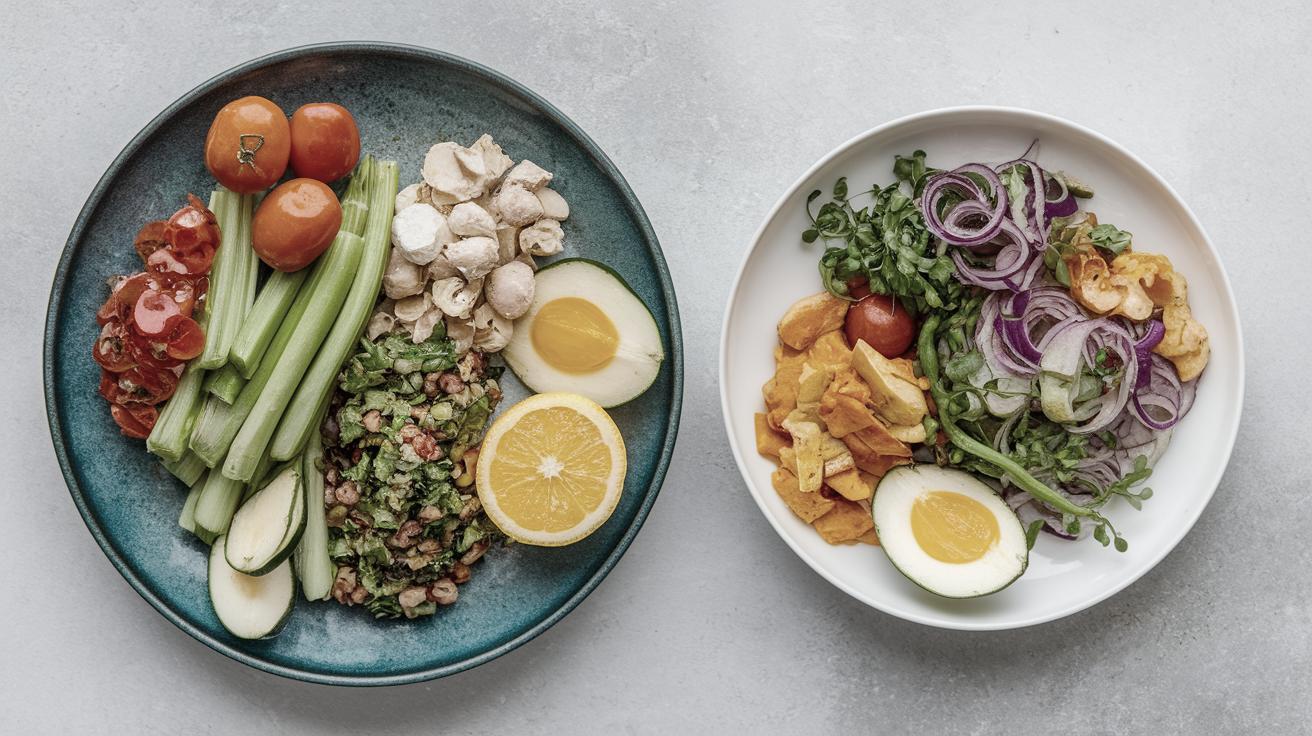Perfect Meat Cooking: Tips and Techniques
Cooking meat to perfection while ensuring it’s safe to eat can be challenging. Understanding the ideal internal temperatures for various types of meats, as well as employing the right cooking techniques, is key to achieving delicious results. In this comprehensive guide, we’ll cover the safe minimum internal temperatures for different meats including poultry, beef, pork, lamb, and seafood. You’ll also learn how to properly take meat temperatures and explore various cooking methods such as hot and fast, and low and slow. Additionally, we will highlight the importance of resting meat and provide essential food safety tips to follow when handling meat. Finally, a summary table will reinforce these key points to help you become a master of meat cooking.
Safe Minimum Internal Temperatures for Meat
Knowing the safe minimum internal temperatures is crucial when cooking different types of meat to prevent foodborne illnesses. These temperatures ensure that harmful pathogens are destroyed, making the meat safe to consume.
The USDA provides specific guidelines for minimum internal temperatures that must be reached and maintained for a few moments. Using a reliable meat thermometer is essential to check these temperatures accurately. This will help you achieve both the desired doneness and safety.
Safe Temperatures for Poultry
Poultry, such as chicken and turkey, requires a safe internal temperature of 165°F (73.9°C) throughout to eliminate bacteria such as Salmonella and Campylobacter. This temperature ensures that the meat is safe to eat.
When cooking whole poultry, insert the thermometer into the thickest part of the breast or thigh, away from bone or fatty areas. Resting poultry after cooking also allows the juices to redistribute, leading to more tender and flavorful results.
Safe Temperatures for Beef
The safe temperature for ground beef is 160°F (71.1°C), while steaks and roasts can vary depending on preference for doneness. Medium-rare beef is typically cooked to 145°F (62.8°C), medium to 160°F (71.1°C), and well-done to 170°F (76.7°C).
It is essential to insert the thermometer in the thickest part of the beef, avoiding bones and fat. By adhering to these temperatures, you can enjoy juicy and tender beef while avoiding undercooked areas.
Safe Temperatures for Pork
Pork chops, roasts, and tenderloins should be cooked to a minimum of 145°F (62.8°C) followed by a three-minute rest. This temperature ensures that the pork is safe to consume while maintaining a juicy texture.
Ground pork, however, should be cooked to 160°F (71.1°C), similar to ground beef. Resting the meat after cooking enhances flavor and tenderness, providing a delightful dining experience.
Safe Temperatures for Lamb
Lamb offers a range of cooking options and tastes best when cooked to certain temperatures according to preference. Medium-rare lamb should be cooked to 145°F (62.8°C), while medium is achieved at 160°F (71.1°C).
Whether cooking lamb chops, racks, or roasts, it’s important to insert the thermometer in the thickest part of the meat. Respecting these guidelines will yield tender and flavorful lamb dishes.
Safe Temperatures for Seafood
Seafood requires careful attention to avoid overcooking while ensuring it is safe to eat. Most fish and shellfish should be cooked to an internal temperature of 145°F (62.8°C).
Apart from internal temperature, visual cues such as opaque flesh and flakes that separate easily are signs of properly cooked seafood. Proper handling and minimal cooking time help retain moisture and flavor in the dish.
How to Cook Meat Safely (and Deliciously)
Take Meat Temperatures Properly
To ensure meat is cooked both safely and to the desired doneness, it is crucial to take accurate temperatures. Always insert a meat thermometer into the thickest part of the cut without touching bone or fat, which can give inaccurate readings.
Calibration of thermometers should be checked regularly to maintain precision. Most digital thermometers are quick and easy to use, providing an accurate reading in just seconds.
Cooking Hot and Fast
Cooking meat hot and fast is ideal for thinner cuts that benefit from a quick sear, such as steaks or chops. This method locks in juices, creating a delicious crust while the interior reaches the desired temperature.
Grilling, roasting at high heat, or pan-searing are examples of hot and fast cooking. Continually monitor the meat to avoid overcooking, and allow for a brief resting period once finished.
Cooking Low and Slow
For larger cuts or tougher meats, cooking low and slow is a preferred method. Using lower temperatures for extended periods allows the meat to tenderize while retaining moisture.
Braising, slow roasting, and using a slow cooker are techniques associated with low and slow cooking. This method is perfect for ribs, briskets, or pot roasts, offering flavorful results with minimal effort.
The Importance of Resting
Resting meat after cooking is vital for ensuring the juices are reabsorbed, leading to a more flavorful and tender meal. During resting, the internal temperature of the meat may continue to rise slightly—this is known as carryover cooking.
Allow meats like beef, pork, and lamb to rest for at least 10 to 15 minutes, while poultry can benefit from a slightly longer resting period. Covering meat loosely with foil prevents excessive cooling and helps achieve the perfect finish.
Food Safety Tips When Handling Meat
Proper handling of raw meat is critical to prevent cross-contamination and the spread of bacteria. Always wash your hands thoroughly before and after handling raw meat.
Use separate cutting boards for raw meat and other foods, and ensure all kitchen tools and surfaces are sanitized after contact with raw meat. Keep raw meat properly refrigerated to avoid the growth of harmful bacteria.
Key Takeaways
Understanding safe minimum internal temperatures and proper cooking techniques is essential for both delicious and safe meat preparation. Utilize a reliable thermometer, practice correct handling, and select suitable cooking methods for each type of meat.
By paying attention to these details, you’ll achieve not only safe but also delightfully tasty results every time you cook meat.
Final Thoughts
| Type of Meat | Safe Temperature | Recommended Cooking Method |
|---|---|---|
| Poultry | 165°F (73.9°C) | Roasting, grilling |
| Beef (Steak/ Roast) | 145°F (medium-rare), 160°F (medium) | Grilling, roasting, searing |
| Pork | 145°F (62.8°C) + 3-minute rest | Grilling, roasting |
| Lamb | 145°F (medium-rare), 160°F (medium) | Grilling, roasting |
| Seafood | 145°F (62.8°C) | Grilling, broiling, searing |


